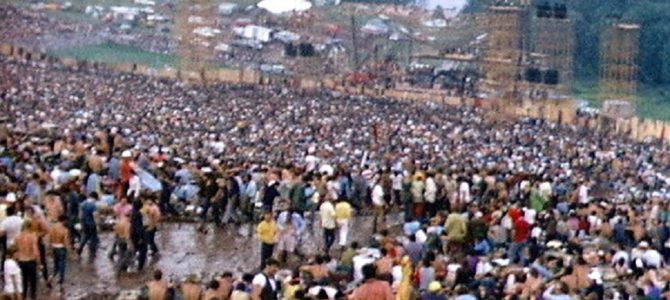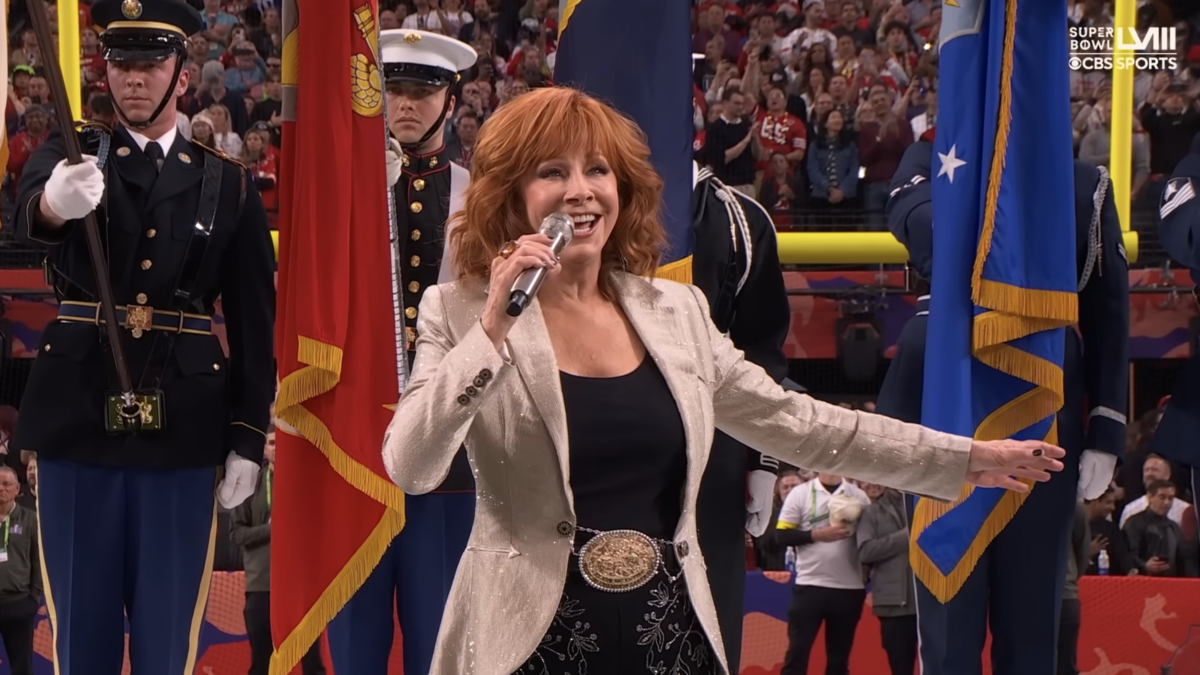
This Thursday through Sunday marks the 50th anniversary of the Woodstock festival, famously billed as “Three Days of Peace and Music.” It might be more accurately described as four days of mud and myth-making, although the latter has stretched on for decades.
For an event described as an Aquarian exposition, its origins were remarkably mercenary. Two men, one a pharmaceutical heir, placed an ad in The New York Times: “Young men with unlimited capital looking for interesting, legitimate investment opportunities and business propositions.” They eventually partnered with a record company executive and the promoter of the relatively small Miami Pop Festival. When plans for a music studio in Woodstock, New York, went awry, the quartet settled on the idea of an art and music festival.
The promoters had difficulty securing a site, because Woodstock wanted nothing to do with them. They leased an industrial site in Wallkill. The city council passed laws effectively banning the concert in July 1969, believing the promoters had not adequately planned the sanitation and logistics for the 50,000 promoters represented would attend. They were definitely inadequate for the more than 150,000 advance tickets already sold.
A deal to relocate in Saugerties fell through before dairy farmer Max Yasgur offered land in Bethel for the festival. Yasgur was also given the 50,000 attendance estimate. Contrary to the legend, the concert was not on Yasgur’s dairy farm itself, but on alfalfa fields that had been fertilized with manure.
The misrepresentations regarding tickets sales and the last-minute scrambling for a location meant that the fencing and on-site ticket booths were quickly overwhelmed by the nearly 500,000 people who ultimately showed up. The promoters were forced to declare the event a free concert, which only attracted more hippies. “Overwhelmed” would become a theme for Woodstock, well beyond the 10-mile-long traffic jam on the New York Thruway, exits on which were shut down to deter further waves of concertgoers.
Established food vendors wanted nothing to do with Woodstock, so the promoters hired an inexperienced group called “Food For Love.” As their supplies ran out, they naturally increased prices, which resulted in angry mobs burning down two concession stands. The “Hog Farm Collective” hired for security and support services stepped in with emergency supplies of brown rice, vegetables, and granola.
The worst example, however, was the sanitation that had Wallkill so concerned. There were only 600 toilets on site, meaning there were as few as one for every 833 attendees. People might have to wait an hour to use a toilet; many chose not to wait, enriching the pre-existing manure in the process. Moreover, the toilets themselves became overwhelmed, polluting the air and earth alike.
The awful sanitary conditions were aggravated by the weather. There was rain throughout Friday night, tapering to a drizzle until Saturday afternoon, more rain Saturday night, and a torrential downpour on Sunday afternoon. As one attendee put it, “It was a quagmire. It sucked your shoes off. It was not only mud, but cow manure and it was so dark it looked like chocolate syrup.”
Efforts to deal with the fetid muck led to one of the two deaths at Woodstock. The mud was inches deep, as “[s]odden sleeping bags were churned up with cellophane, cigarette butts and discarded clothes. Standing rainwater was steaming skyward, blanketing thousands of sleeping kids with an eerie fog.” Raymond Mizsak, 17, was protecting himself from the rain in his sleeping bag when a water-tank trailer tasked with hauling away sewage rolled over him on Saturday morning.
Richard Bieler, an 18-year-old Marine bound for Vietnam, also died at Woodstock. His death is commonly reported as a drug overdose, but he may have died from side effects of Thorazine administered to combat an overdose. It seems possible, given that medical services were as overwhelmed as any of the other vendors. Medical providers and volunteers treated at least 3,000 patients at the festival, approximately 250 of whom were airlifted from the concert.
Concert lighting designer Chip Monck famously delivered a stage announcement warning “the brown acid that is circulating around us isn’t too good. It is suggested that you stay away from that. Of course it’s your own trip. So be my guest, but please be advised that there is a warning on that one, okay?” A local doctor reported 797 “bad trips.” (In fairness, this was fewer than the 938 cut feet treated.)
Two of those involuntarily dosed with LSD were The Who’s Pete Townshend and Roger Daltrey, both of whom have had bad things to say about Woodstock over the ensuing decades. It is small wonder Townshend literally kicked radical activist Abbie Hoffman off the stage during their set (Hoffman was also on LSD, albeit voluntarily).
Other musicians generally shared harsh assessments of the event. Neil Young, who appeared with the newly formed Crosby, Stills & Nash, once said “Woodstock was a bullsh-t gig. A piece of sh-t. We played f-ckin’ awful.”
The Grateful Dead received electrical shocks during their rainy set; guitarist Bob Weir has spoken of trying to live it down, while drummer Mickey Hart claimed it was “the worst we ever played.” Creedence Clearwater Revival followed the Dead after midnight. John Fogerty looked out from the stage to see something “like a painting of a Dante scene, just bodies from hell, all intertwined and asleep, covered with mud.” Jefferson Airplane’s Grace Slick succinctly described Woodstock as “a bunch of stupid slobs in the mud.”
Townshend’s assessment was, if anything, more devastating: “All these hippies wandering about thinking the world was going to be different from that day on. As a cynical English –ssh-le, I walked through it all and felt like spitting on the lot of them, trying to make them realize that nothing had changed and nothing was going to change. Not only that, what they thought was an alternative society was basically a field full of six-foot-deep mud laced with LSD. If that was the world they wanted to live in, then f— the lot of them.”
Townshend captures the larger sense in which Woodstock was a mass hallucination experienced well beyond Yasgur’s farm. It was a weekend trip away from Vietnam, urban riots, and campus unrest, all of which remained when the amplifiers were unplugged and the mountains of trash had to be cleared.
Although it was not the first large music festival, Woodstock helped sound what Cameron Crowe would call the “death rattle” of rock music in “Almost Famous” (2000), his fictionalized account of commerce triumphing over art. Joni Mitchell may have dreamed she saw bomber death planes turning into butterflies above our nation, but she wasn’t at Woodstock. She was holed up in a New York City hotel room, waiting to appear on “The Dick Cavett Show.”
Later, Boomers would cling to Michael Wadleigh’s hastily edited 1970 documentary of the event as evidence of their utopian aspirations, even as they slouched into the decadence of the Seventies and yuppiedom of the Eighties. The recent cancellation of a 50th anniversary concert will at least save the current generation of pseudo-religious pseudo-revolutionaries from having to live down this measure of hypocrisy.









